The German army occupied Vilna (Vilnius), Lithuania, on June 24, 1941. The following month, German Einsatzgruppen and their Lithuanian auxiliaries murdered thousands of Jewish residents of Vilna at a killing site in the Ponary (Paneriai) Forest, southwest of Vilna. By the end of 1941, Einsatzgruppen had killed about 40,000 Jews in Ponary. By July 1944, perhaps as many as 75,000 people had been killed at the site, the vast majority of them Jews. These photographs and narratives shed light on the Vilna ghetto and the destruction of its Jewish inhabitants.
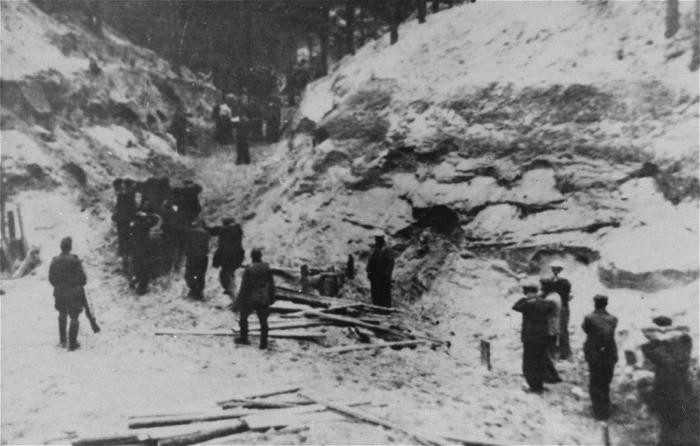
SS guards and Lithuanian collaborators force Jewish men into the Ponary forest, a site for mass killings outside of Vilna. German-occupied Lithuania, 1941.
Item ViewThe Germans occupied Vilna in June 1941. In October, Rochelle and her family were confined to the Vilna ghetto, where her mother died. Her father, a Jewish council member, was killed in a camp in Estonia. When the ghetto was liquidated in 1943, Rochelle and her sister were deported--first to the Kaiserwald camp in Latvia and later to Stutthof, near Danzig. In 1945, on the sixth week of a death march that forced the sisters to protect their bare feet with rags, the Soviet army liberated them.
Item View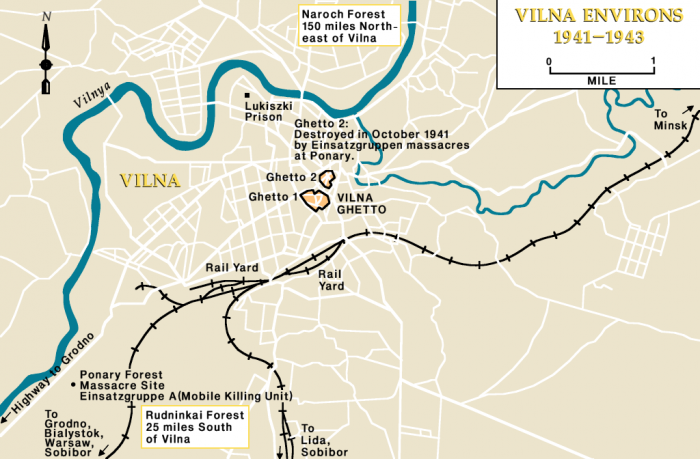
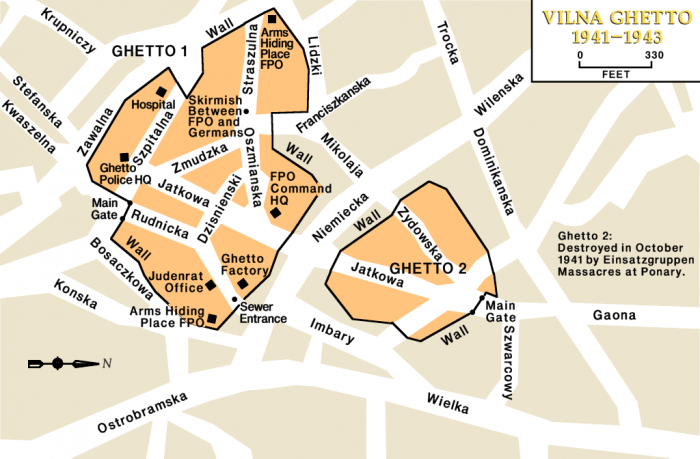
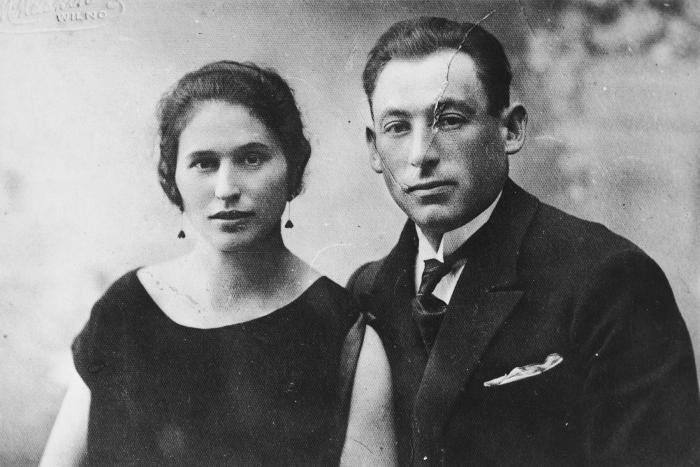
A prewar photograph of Basia and Moshe Golden (Gordon) taken ca. 1922–1925 in Swieciany, Poland (now Lithuania).
Basia, along with two of their four children, Boruch and Teyva, were shot at the Ponary killing site by SS men and their Lithuanian collaborators in September 1943. Moshe died in the Klooga concentration camp. Two of their children survived, Niusia and Rwya.
This photograph was saved by Niusia (now Anna Nodel) while she was in hiding.
Item View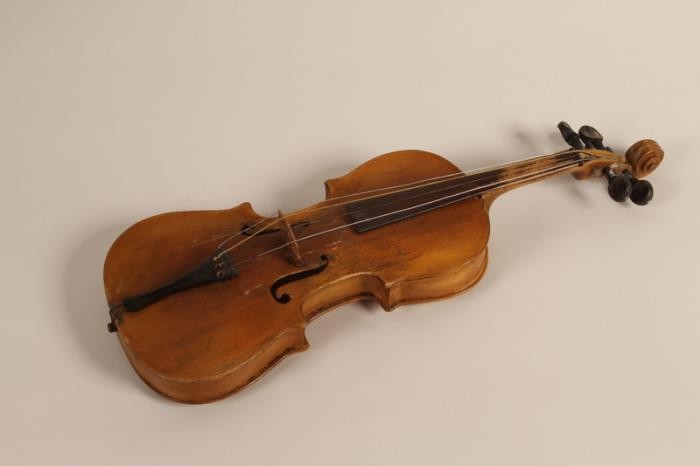
A childsize violin that belonged to Boruch Golden (Gordon), who was killed along with his mother and brother at the Ponary killing site in September 1943.
Boruch was born in 1930, and was one of four children. His parents, Moshe and Basia Golden (Gordon), raised their family in Swieciany (Svencionys), Lithuania. After the German invasion of the Soviet Union in June 1941, the family was forced into the Swieciany ghetto. When that ghetto was later liquidated in 1943, the family was sent to the Vilna ghetto. Later that year, the Vilna ghetto was also liquidated. Boruch, only 13 years old at the time, was murdered at Ponary along with his mother and brother.
The violin was saved by his sister, Niusia (now Anna Nodel), who survived the war in hiding.
Item View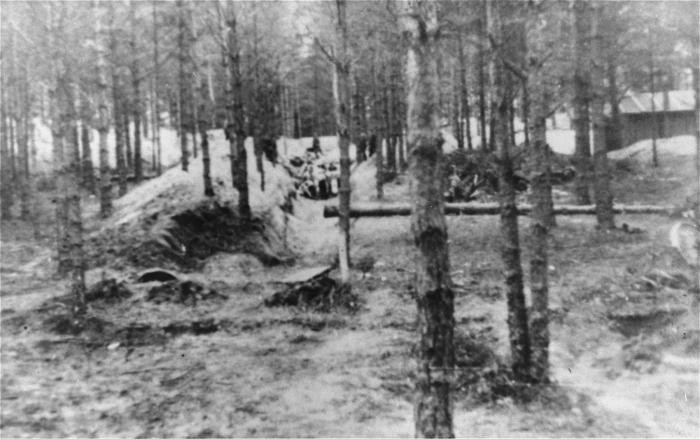
Execution site in the Ponary forest outside the Vilna ghetto. Lithuania, 1941.
Item View![Lithuanian collaborators guard Jews before their execution. [LCID: 60254e] Lithuanian collaborators guard Jews before their execution. [LCID: 60254e]](https://encyclopedia.ushmm.org/images/large/fdbcd297-a931-4152-98fc-dd215b554962.jpg)
Lithuanian collaborators guard Jews before their execution. Ponary, Lithuania, June–July, 1941.
Item View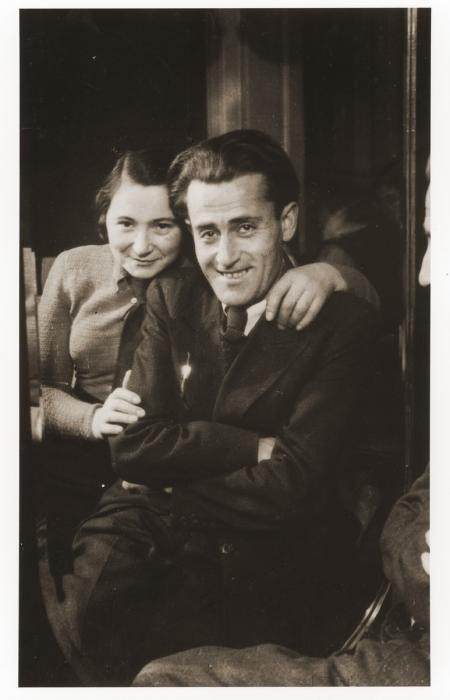
Prewar portrait of Pinchas and Roza Zygielbojm taken in 1936 in Warsaw, Poland. In 1942, they were taken into the Ponary forest outside of Vilna and killed by the SS and Lithuanian collaborators.
Born in 1906, Pinchas Zygielbojm was an actor and brother of Szmul Artur Zygielbojm, a leader of the Jewish socialist Bund in interwar Poland and later a member of the National Council of the Polish Government-in-Exile in London.
Item View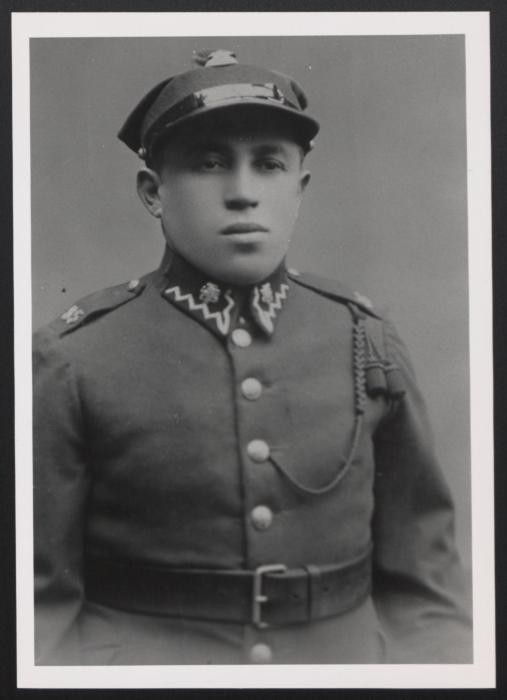
Shlomo Trabska was one of the many Jewish victims who were shot by the SS and Lithuanian collaborators at the Ponary killing site outside of Vilna. This photograph was taken in the late 1930s, when Shlomo was serving in the Polish army.
Item View
We would like to thank Crown Family Philanthropies, Abe and Ida Cooper Foundation, the Claims Conference, EVZ, and BMF for supporting the ongoing work to create content and resources for the Holocaust Encyclopedia. View the list of donor acknowledgement.